It’s time for change
Key Points
-
Despite going through one of the longest lockdowns in North America, Halton Region’s traffic incidents in 2020 totaled 6000, with 8 of those collisions having at least one fatality.
-
Only 15% of Canadians are getting their recommended daily physical activity, with those in car-dependent neighbourhoods were found to be 70% more likely to be obese.
-
Expanding and maintaining widened roads is expensive, and can actually make traffic worse
-
It is possible; Denmark and the Netherlands were in our position before with higher traffic death rates
-
The Netherlands is recognized by drivers as “the best place to drive a car”, largely because there are excellent alternatives to driving such as cycling and public transit.
-
Three key actions to get us closer to Vision Zero and lower car dependency:
-
Improved road and intersection design
-
Improved standards for walking and cycling infrastructure
-
Zoning rules that allow for more homes and businesses within walkable neighbourhoods
-
We Have A Problem
The start of the pandemic saw an increase in the number of people trying to walk and cycle. Whether it be for exercise, to safely spend time with friends, or to explore the neighbourhood that they no longer have to commute far from. As restrictions were lifted, however, people quickly remembered why they didn’t bike or walk around their cities more often.
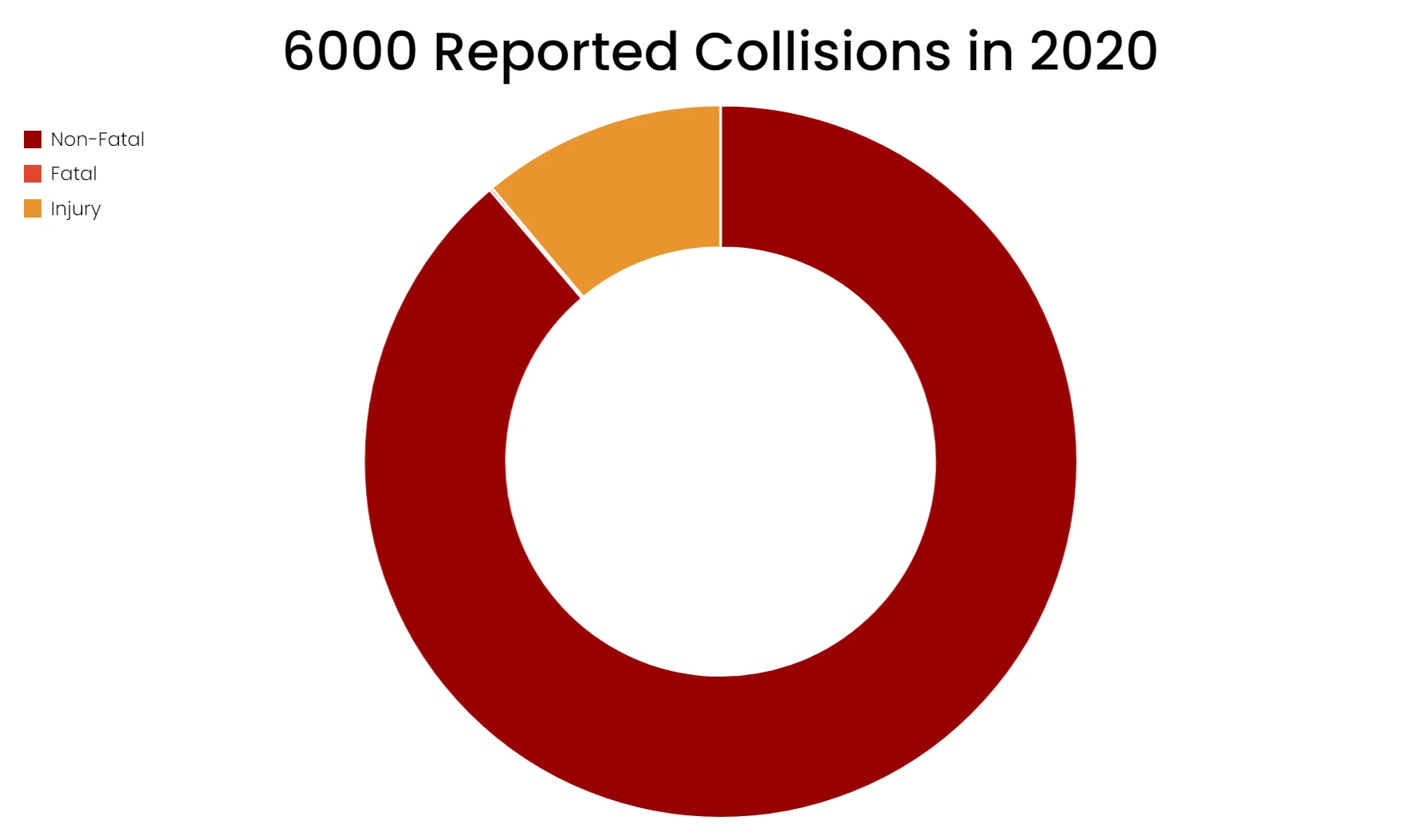
Despite going through one of the longest lockdowns in North America, Halton Region’s traffic incidents in 2020 totaled 6000, with 8 of those collisions resulting in at least one fatality. Even one death is too much. Our roads are not built to be safe for people to use; people are barely accommodated, and the speed of motor vehicles is prioritized over human safety (whether in their car or not).
For those who committed to using their vehicle less, they were presented with the long distances between their home and any commercial destination. Our land-use pattern has made cycling and walking largely inaccessible by spreading things farther out, prompting people to drive to go grocery shopping or even to exercise.
We Deserve Better
A safe street for all users contributes to a strong sense of community. A walkable neighbourhood has lower speed limits, and puts the safety of pedestrians first. A safer street design encourages us to leave the car at home and gives us more opportunities to spontaneously run into our neighbours and friends. We start to recognize each other and our connections grow. This gives us an increased sense of safety because there are usually “eyes on the street”.
Fiscally, road widening is not sustainable; it is an expensive project to undergo and has high maintenance costs. Health-wise, Only 15% of Canadians are getting their recommended daily physical activity, with those in car-dependent neighbourhoods found to be 70% more likely to be obese.
It Is Possible
When speaking of cities that are a “pedestrian’s paradise” or “the best and safest place to bike and drive” European cities often come to mind; specifically Copenhagen and towns in the Netherlands. Our response is generally “we’re not them” but guess what – they were just like us.
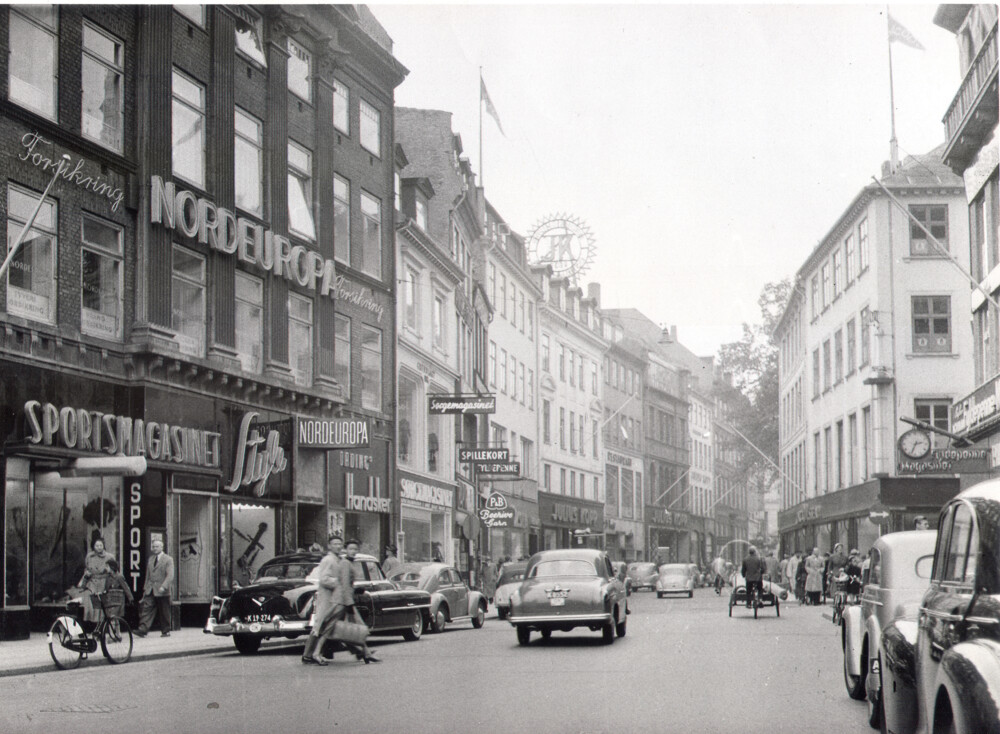
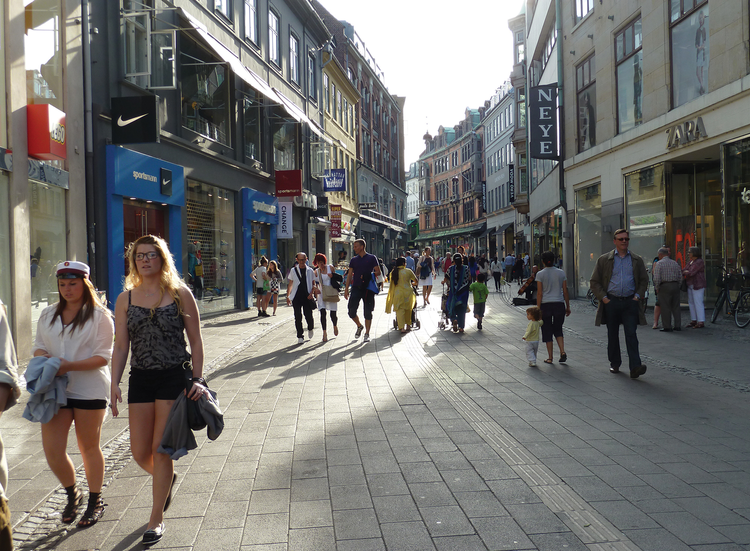
images from Global Designing Cities Initiative
Before 1962, all streets in Copenhagen were used predominantly for vehicles. Very similar to us, Copenhageners lived by the automobile. One of the city’s main streets was becoming increasingly congested, and road widening was the most popular solution. However, it was also proposed that the street be pedestrianized, making its predominant use for people on foot.
The general public didn’t believe it was possible. “Pedestrian streets will never work in Scandinavia”, and “No cars means no customers and no customers means no business” were typical responses (sound familiar?).
Now, Strøget is the longest pedestrian street in the world.
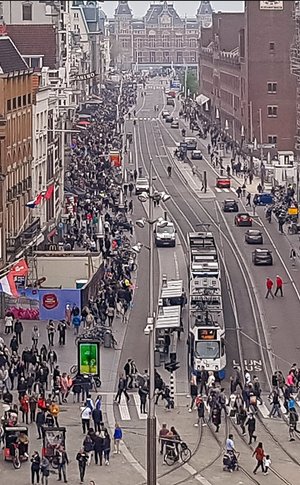
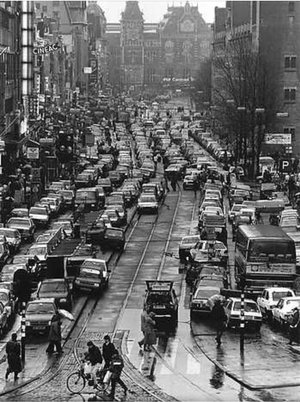
Image from cycling professor
Need another example? We can look at how the Netherlands went from having a traffic death rate 20% higher than the United States to a traffic death rate 60% below the USA by 2008. In 1971, 3300 people died from traffic violence, with 500 of those people being children. One was the child of a respected journalist who wrote a series of articles with the first having the headline, “Stop de Kindermoord” meaning “Stop the Child Murder”. Reading the articles, residents were concerned about the type of city they were creating and decided to get involved. “Stop the Child Murder” became the name of the advocacy organization that fought for safer streets and improvements to transit through various protests and demonstrations. That is how the Amsterdam of today came to be. The Netherlands is now recognized by drivers as “the best place to drive a car”, largely because there are excellent alternatives to driving such as cycling and public transit.
What we Need
We need to change the way we think about our streets. Below are three key actions that can help us get closer to reaching vision zero.
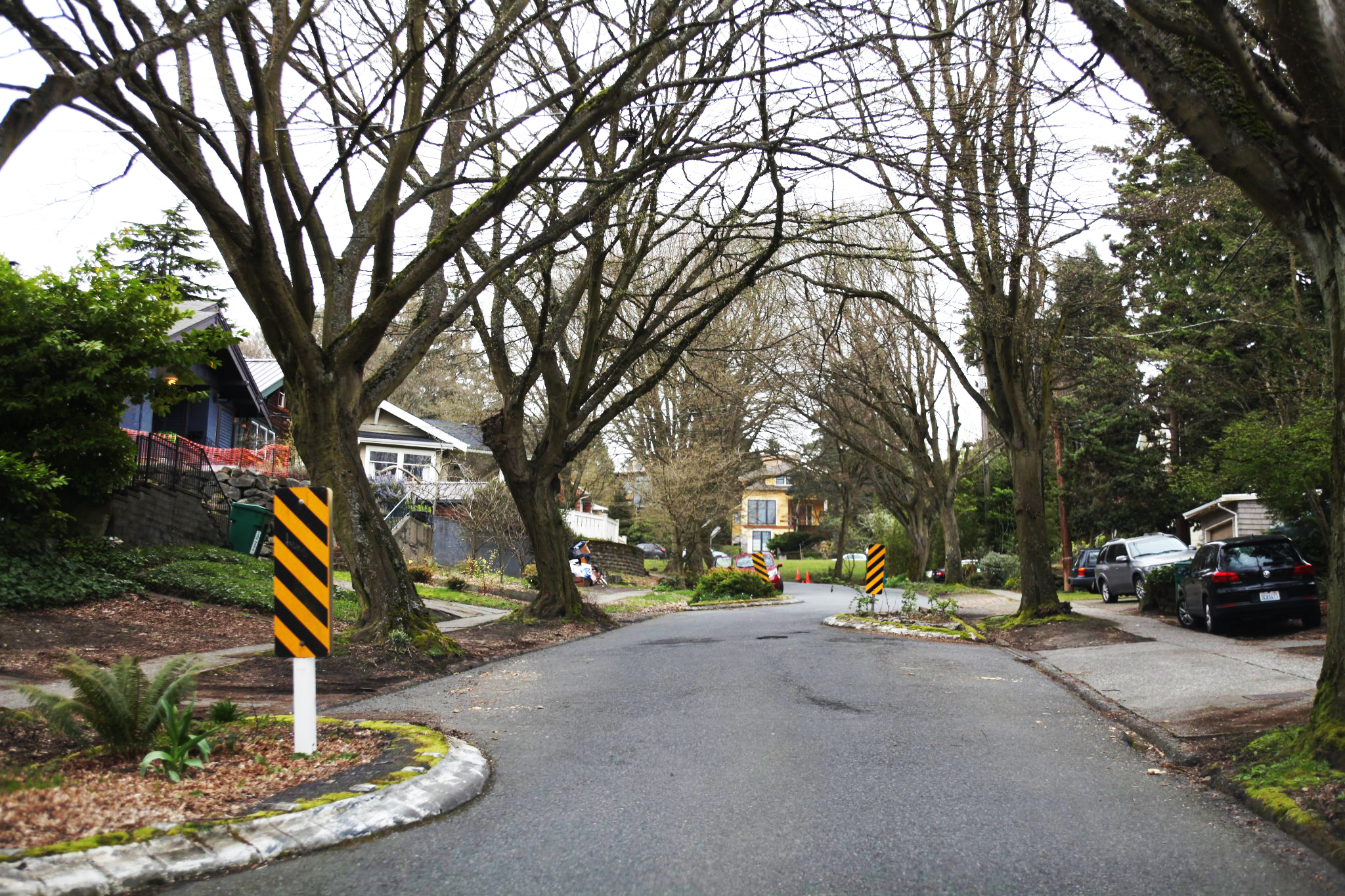 image from Seattle Right Of Way Manual
image from Seattle Right Of Way Manual
Improved Street Design
When driving we tend to drive at the speed we “feel” the road is. Speed limits and speed bumps only do so much to bring us to the pace the engineers want us to move at. You shouldn’t have to be guessing what the speed limit is or be shocked when you find that the 6 lane road is actually 60 km/h, not 80 km/h. By designing our streets so drivers naturally travel at safe speeds, we can decrease the number of traffic incidents.
This can be done in an aesthetically pleasing way that increases the attractiveness of the neighbourhood. Those on foot and behind the wheel benefit!

Improved standards for walking and cycling infrastructure
The future of Halton is a place where infrastructure standards are in place to prioritize and protect the most vulnerable road users. Policies and standards can allow every resurfacing project to transform our roads into safe spaces for everyone, while also identifying areas that should be improved outside of renewal projects. They can help prioritize planning and budgeting decisions to help Halton Region become a leader in safer infrastructure.
These policies should include, but are not limited to:
-
Improvements in intersection design, making it safer for all modes of transportation to interact at this highly significant point of conflict.
-
Sidewalk and bike lane standards that create infrastructure that is accessible to people of all ages and abilities
-
Street furniture, canopy, and bike parking standards that help make walking and cycling an easy choice
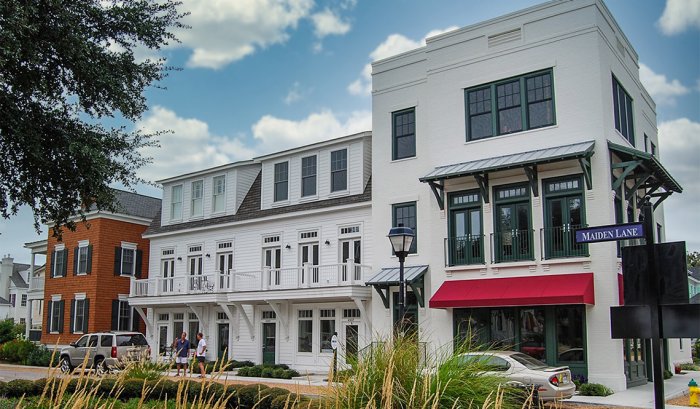
Image from AARP
Removal of exclusionary zoning
Land use has a direct impact on how we get around. Increased density and mixed-use developments bring more opportunities to a city, and promote more equitable access to those opportunities whether or not you have a car. Every step Halton Region takes toward more inclusionary zoning policies will have a positive impact on the safety of our streets, and quality of life for all residents.
What Success Looks Like
We know we will have succeeded when:
-
Children can play in the streets without their parents’ concern
-
The number of fatalities on our roads drops to zero, and serious injuries are a thing of the past
-
Walking, cycling, transit, and driving are all seen as safe ways to get around regardless of your age or ability
-
Everyone has equal access to amenities, enabling them to live, work, and play within their own community
We at Safe Streets Halton will work towards realising this future.
Join us and help create a region that puts residents’ health and safety first.
Safe Streets Halton is a grass-roots organization on a mission to eliminate all traffic-related deaths and serious injuries in Halton, Ontario.